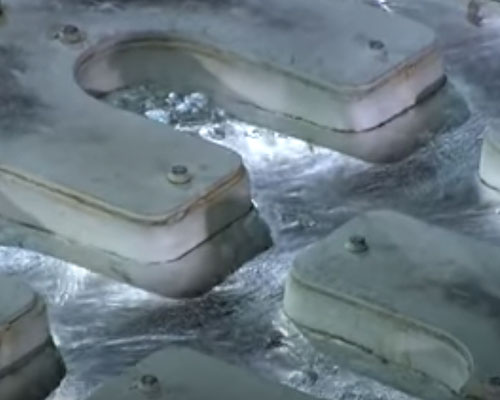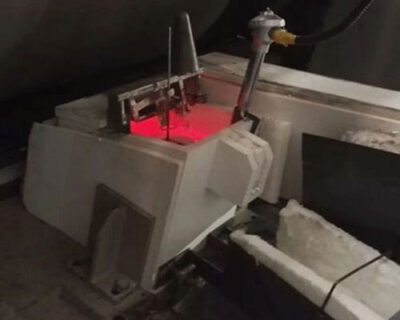The gas hydrogen content and solid inclusions in the aluminum alloy melt are the main factors affecting the quality of aluminum alloy products. The presence of inclusions and gaseous hydrogen destroys the continuity of the metal. Due to the different elastic modulus and expansion coefficient between the inclusion and the metal matrix, the sharp corners of the inclusion phase are prone to stress concentration and become a source of fracture and corrosion in the material. Various defects are likely to occur during the processing and deformation of aluminum alloy materials. In order to improve the Aluminum Alloy Melt Purity, in addition to the smelting of aluminum melt and the purification of the static process, the aluminum alloy purification system outside the furnace is more important.
Aluminum Alloy Melt Purity
According to the measured data of online hydrogen measurement and the slag measurement method, the purity of aluminum liquid is divided.
First-class purity: the ultra-thin aluminum foil, can body materials and other products. The hydrogen content is determined to be no more than 0.10ml/100gAl, and the slag content is determined to be no more than 2K/kg.
Secondary purity: aerospace, high-speed rail, double zero foil, can cover material, CTP board, automobile board, rail transit, and other important use products. The hydrogen content is determined to be no more than 0.12ml/100gAl, slag content Determined to be no greater than 2-5K/kg.
Third-grade purity: curtain wall decorative panels and other common aluminum alloy products (except for special requirements). The hydrogen content is determined to be not more than 0.2ml/100gAl, and the slag content is determined to be not more than 5-80K/kg.

First-class purity products: add first-class waste and use intermediate alloy or aluminum type additives. Gas refining (Ar2 gas or mixed gas) for remelting flux protection and alloying protection. Configure rotary degassing/vacuum degassing. Using foam ceramic filter + tube type.
Secondary purity products: add secondary waste and metal additives. Gas refining (N2 gas) for flux protection and alloying protection. Configure rotary degassing/vacuum degassing. Use two-stage foam ceramic filter/foam ceramic filter + tube or deep bed for filtration.
Grade 3 purity products: add grade 3 waste, aluminum scraps, and metal additives. Gas refining (N2 gas) for flux protection. Using foam ceramic filter.

